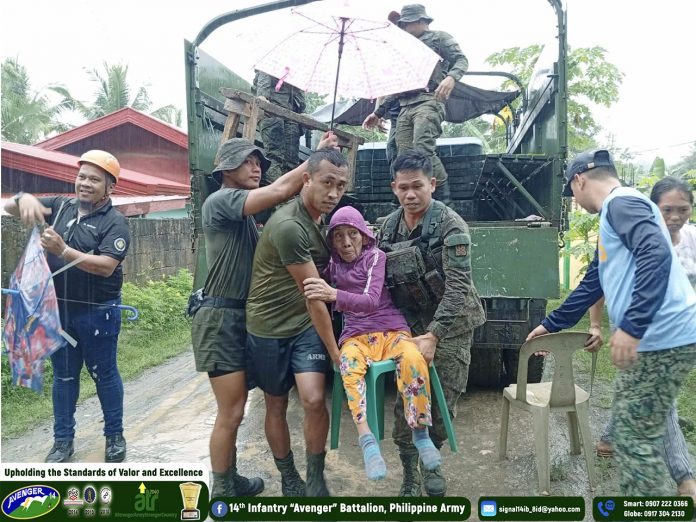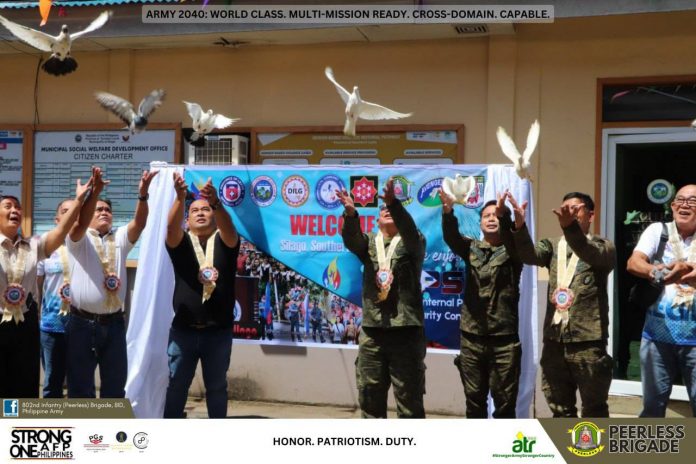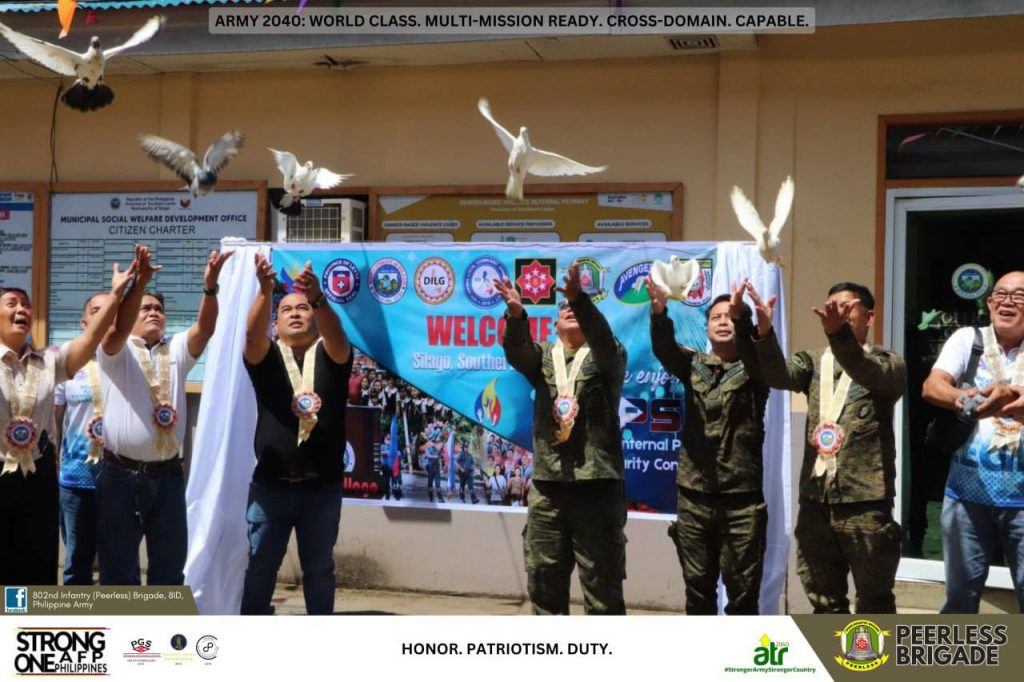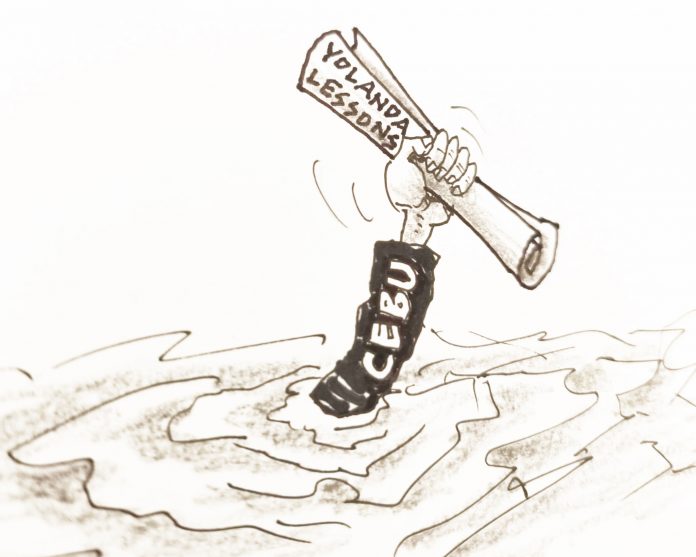TACLOBAN CITY-The Regional Tripartite Wages and Productivity Board (RTWPB)- VIII held a public hearing on minimum determination last October 27, 2025 at Radiant Hotel and Events, this city. The public hearing was attended by more than a hundred participants coming from the labor, management, and kasambahay sectors.
Under Republic Act No. 6727 otherwise known as the “Wage Rationalization Act”, the RTWPB is mandated to determine and fix minimum wage rates applicable in their region, provinces or industries therein and to issue the corresponding wage orders. Further, the wage determination may be by virtue of a petition for wage increase or motu proprio, the Board may initiate an inquiry to determine whether a Wage Order shall be issued.
In his preliminary statement, RTWPB Chairman Atty. Dax B. Villaruel, explained that the Board did not receive a petition for wage increase, thus, it is reviewing the prevailing minimum wage rates motu proprio.
Chairman Villaruel reported that the RTWPB-8 has conducted a series of sectoral consultations in Ormoc City on August 27; in Maasin City on September 3; in Borongan City on September 17; and in Calbayog City on September 18 in order to receive and hear testimonies that will help them to determine if wage adjustment is necessary.
To guide the labor, management, kasambahay, and stakeholders, government agencies presented correct and accurate view of the socio-economic conditions of the region.
Bernadette R. Montana, supervising statistical specialist of PSA-Leyte discussed statistics on the socio-economic indicators in Tacloban City such as poverty and employment statistics. Chief Anna Eunice A. Baylen of DTI Leyte then discussed the comparative prevailing price report of basic necessities and prime commodities. This was followed by the discussion on price and supply situation of selected agri-commodities in Tacloban City Public Market by Marilou Saporas, marketing specialist II of AMAD-DA VIII. Lastly, Lady Jane A. Fermano, senior economic development specialist of DEPDev VIII, presented the Eastern Visayas regional economic performance.
After the presentation of relevant data and statistics, labor, management, and the kasambahay were given the opportunity to express their positions on the issue of wage increase. First, Nelida Cawaa, a kasambahay from Tacloban City, appealed for a monthly wage increase ranging from P1,000.00 to P1,500.00. She shared that just like other kasambahay, her current salary is insufficient to meet the needs of her family.
For labor, Bellsedaize C. Acaso, labor union president of SOLECO, Inc., presented the position of Associated Labor Unions -Trade Union Congress of the Philippines (ALU-TUCP) for a P200.00 daily wage increase for all workers in Region VIII.
Acaso reiterated IBON Foundation’s report that as of July 2025, the family living wage for a family of five is P870 per day and highlighted the 50% wage gap from the current minimum wage. ALU-TUCP laments that even with the proposed P200 increase, the daily wage remains below the P870 family living wage.
Lastly, from the management, Atty. Federico Felipe G. Noel, representative of the Philippine Chamber of Commerce and Industry (PCCI) – Tacloban-Leyte, presented the position of the management sector. The management sector prayed that the status quo be maintained due to several factors.
The RTWPB-8 is set to resolve within thirty days, whether a new Wage Order should be issued. Earlier, RTWPB-8 issued Wage Order No. 24 granting a P30 increase in two tranches took effect on December 2, 2024 while the second tranche was effective on June 1, 2025. As for the kasambahay, Wage Order No. 05 took effect on December 2, 2024, that raised the minimum wage of kasambahay in chartered cities and first class municipalities to P6,000 per month and P5,500 for other municipalities. (PR)







